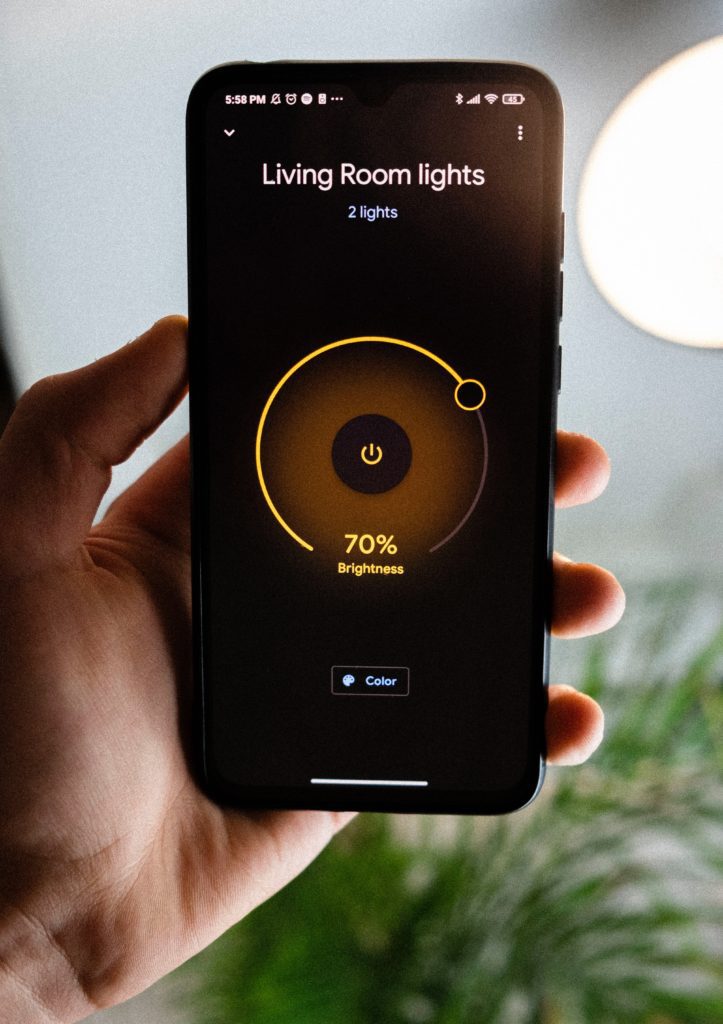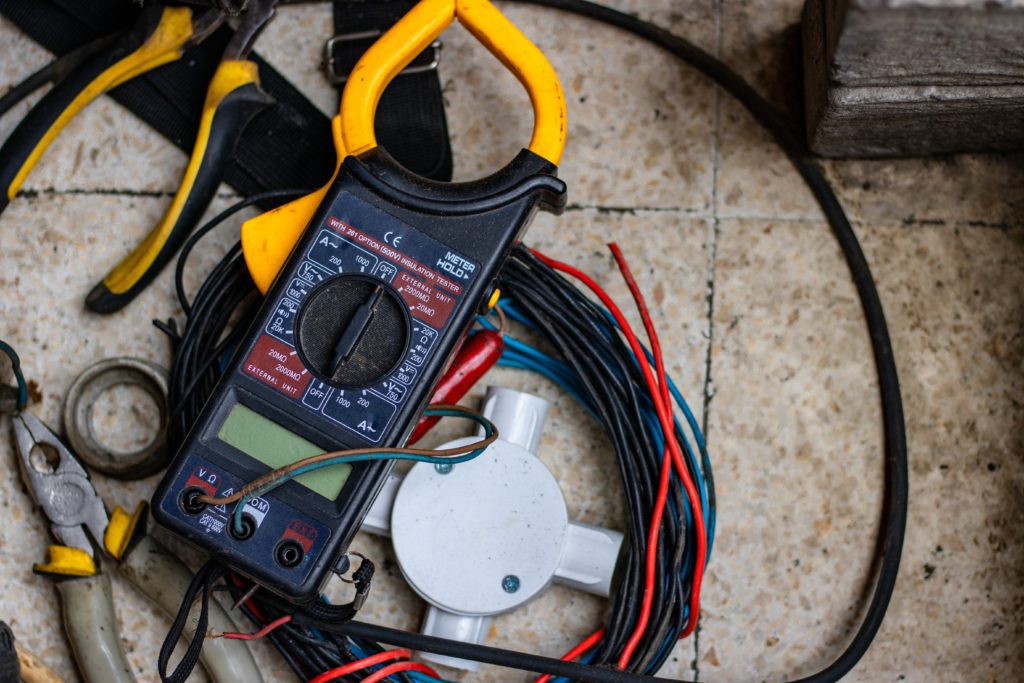We want you to know that this site is supported by our users. Some of the links you’ll find on our site are affiliate links, and if you make a purchase through those links, we may earn a commission at no extra cost to you. Thank you for your support – it’s what keeps us going!
Introduction to Connected Homes
What is a Connected House?
Have you ever dreamed of living in a house that listens to your commands, adjusts the room temperature, and even secures itself? Well, pinch yourself because this is not a dream anymore. A connected house, or a smart home, is a residence equipped with devices controlled remotely through a computer or smartphone. And you can get started on your own connected house today!
The Rise of Smart Home Technologies
Smart home technologies have been on the rise, with Statista estimating that by 2025, the average American home will have more than 40 smart devices. Isn’t that astounding?
The Heart of a Connected Home: Smart Home Hubs
What is a Smart Home Hub?
Imagine your connected house as an orchestra; the smart home hub is the conductor. It’s the device that connects all the smart gadgets, ensuring they work together in harmony.
A smart home hub allows you to control all devices from one place, create customized scenes, and automate tasks. It’s like having Jarvis from Iron Man but in real life!
Dive into the World of Connected Home Devices

Smart Lighting
The days of conventional light switches are numbered. Now, we have smart lighting, which allows you to control your lights’ brightness and color remotely.
Imagine having a romantic dinner and dimming the lights without getting up. Or changing the color of your lights to match your mood. With smart lighting, it’s all possible!
If you want to learn more about the various applications of smart lighting or just need a place to start, you can check out this handy guide to RGWBW Lighting.
Smart Thermostats
Thermostats have come a long way. Gone are manual dials; now, smart thermostats adjust your home’s temperature based on your preferences and habits.
Studies have shown that smart thermostats can save you up to 10% on heating and 15% on cooling annually. Your wallet will thank you!
Need some help choosing the right thermostat for your smart home? This review of the top five thermostats in 2023 can help you make an informed decision!
Smart Security Systems
Our homes are our sanctuaries, and security is paramount. Smart security systems go beyond conventional alarms and locks.
Cameras, sensors, and smart locks integrated into a security system provide real-time alerts and remote access, ensuring peace of mind. If you’re interested in taking your first steps towards Fort Knox-level security for your home, this CNET guide is an excellent place to start.
How to Get Started with Your Connected House

With many devices and technologies available, knowing how to dip your toes into the smart home waters without diving headfirst is essential. Here’s a simple guide to help you kickstart your connected house journey.
1. Set Clear Goals
Before you go out and buy every smart device in sight, take a moment to consider what you want from your connected house. Is it convenience, energy savings, better security, or a combination of these? Defining clear goals will help you decide which devices are essential for your needs.
2. Establish a Budget
Let’s be honest; converting your home into a connected house can be quite an investment. Therefore, it’s crucial to set a budget and prioritize your purchases. While some devices are relatively affordable, others can be costly. Remember, you don’t have to buy everything at once – you can always add devices over time.
3. Research and Choose a Smart Home Hub
As mentioned earlier, the smart home hub is the conductor of your connected house orchestra. Several options are available, such as Amazon Echo, Google Home, and Apple HomeKit. Your choice should align with your goals, budget, and preferred ecosystem.
4. Pick Your Smart Devices
Now that you have a hub, it’s time to choose your smart devices. Start with the essentials that align with your goals. For instance, if energy saving is your priority, smart thermostats and lights should be at the top of your list.
5. Compatibility Check
Ensure the devices you’re eyeing are compatible with your chosen hub. The last thing you want is to purchase a bunch of smart gadgets that can’t communicate with each other.
6. Get Professional Installation If Needed

While many smart devices are DIY-friendly, some might require professional installation, especially if wiring is involved. Don’t hesitate to call in the pros if needed.
7. Educate Yourself and Family Members
Once your devices are installed, take the time to learn how to use them effectively. Also, educate family members so everyone can enjoy the benefits.
8. Regular Maintenance and Updates
Maintaining and updating your devices regularly is essential to keep your connected house running smoothly. This not only enhances performance but also security.
Embrace the future, and welcome to your new connected house! As you grow accustomed to the conveniences and efficiencies it brings, you’ll wonder how you ever lived without it.
Conclusion: The Connected Home Revolution
The connected house is not a fad; it’s a revolution here to stay. As technology evolves, the possibilities are endless. Connected homes make our lives simpler and more efficient, from saving energy with smart thermostats to ensuring safety with smart security systems.
Now that you understand what a connected house can do for you, check out our guide to setting up your own smart home and our review of the best smart home automation systems for beginners.
Connected House FAQs (Frequently Asked Questions)
Q1. What kind of perks can I expect from upgrading to a connected house?
Perks of having a connected house include convenience, energy savings, enhanced security, and customization of your living environment.
Q2. Do I need to break the bank to make my home a connected house?
You do not need to break the bank to make your home a connected house! The cost of transforming your home into a connected house can vary depending on the devices and features you opt for. Various options are available, catering to various budgetary constraints. Plus, your long-term energy savings can balance your initial expenditure.
Q3. Can I manage my connected house when I’m not there?
Yes, you can control your connected house remotely through smartphone apps or web interfaces.
Q4. Can I sleep easily knowing my connected house is safe from security threats?
Yes, you can rest assured that your connected house will be very secure. However, taking certain precautions, such as creating robust passwords, staying on top of software updates, and ensuring that your home network is secured, is essential.
Q5. Do I need a smart home hub for my smart devices?
You don’t need a smart home hub for your smart devices, but it’s highly recommended. A hub is a central point that ensures seamless communication and control of all your smart devices, creating a more streamlined and efficient smart home experience.



